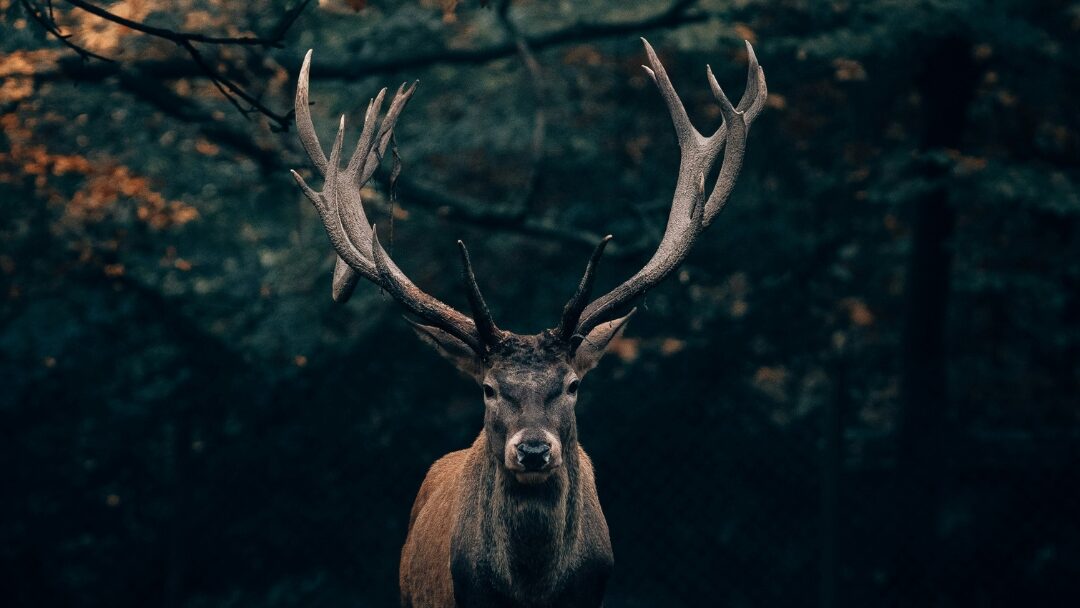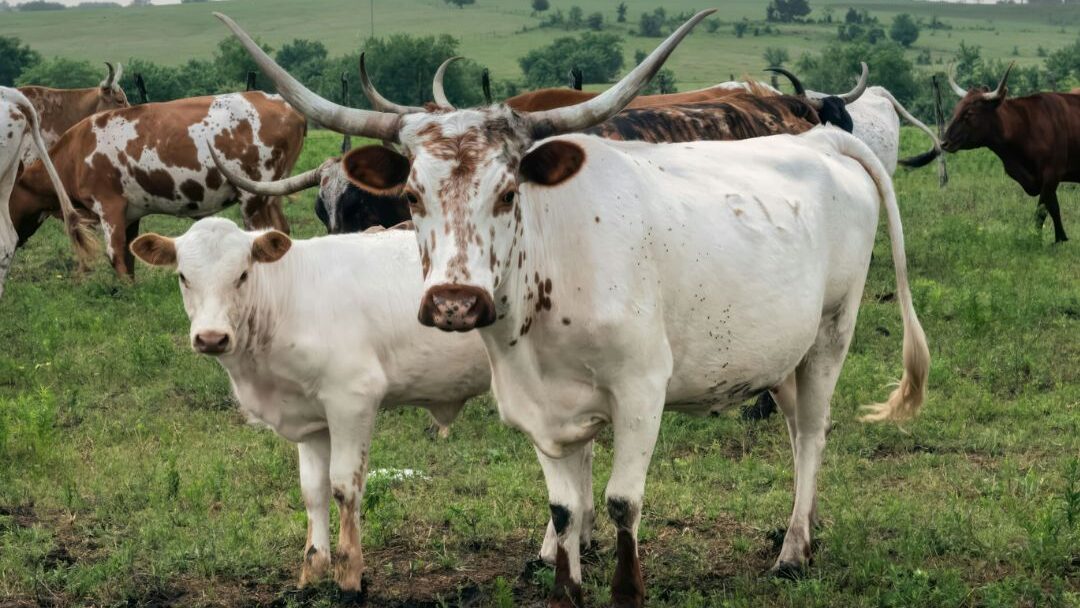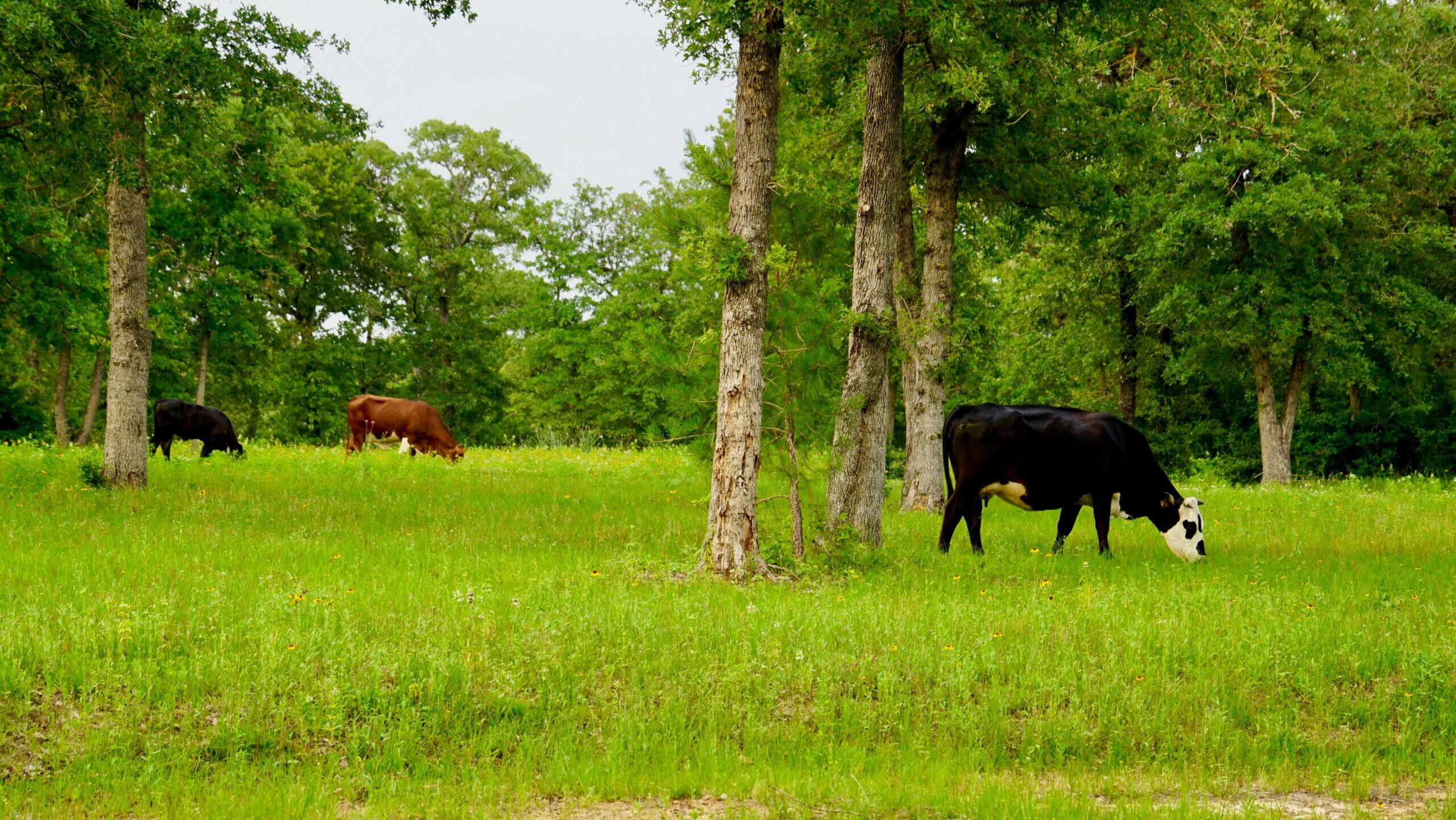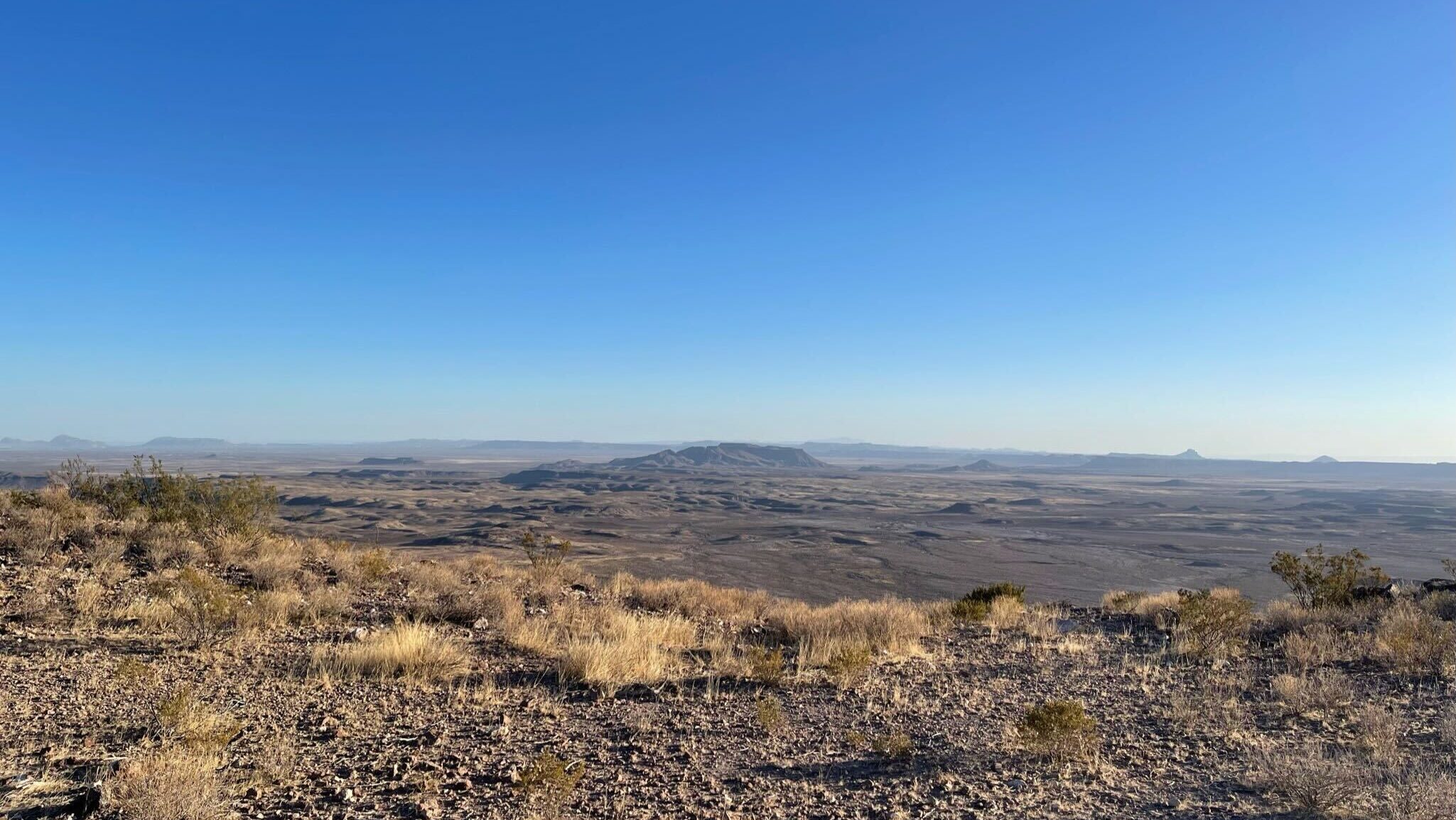
The Role of Habitat Management in Exotic Deer Ranching
In exotic deer ranching, the success of your operation hinges largely on how well you manage the habitat. Exotic species, like Axis deer, Fallow deer, and Sika deer, have specific environmental needs that must be met to ensure their health, growth, and reproductive success. By understanding and implementing proper habitat management, ranch owners can create a thriving ecosystem that supports the needs of these exotic species while promoting long-term sustainability.
Habitat management involves creating the ideal living conditions for the animals on your ranch. This goes beyond simply having open land; it requires a comprehensive approach that considers the species’ dietary needs, shelter requirements, water sources, and protection from predators. With Texas’s diverse landscapes and climate, ranch owners have the unique opportunity to cultivate environments that support both exotic and native species.
Creating the Ideal Habitat for Exotic Deer
When managing a habitat for exotic deer, understanding the specific needs of each species is paramount. For example, Axis deer thrive in open areas with access to water, while Sika deer prefer denser cover where they can avoid predators.
The first step in successful habitat management is to assess your land’s current state. What kind of vegetation grows naturally? Are there sufficient water sources? Are there areas of cover where the animals can retreat during hot Texas summers or rainy seasons? By answering these questions, you can begin shaping the landscape to meet the needs of the deer species you are raising.
Water Sources: A Critical Element
Water is a crucial component of habitat management, particularly in the dry climates of Texas. Exotic species need consistent access to clean water to thrive. While many ranches rely on natural water sources like ponds or streams, others may need to install additional water systems to ensure year-round availability.
To sustain a healthy population of exotic deer, ranches must develop reliable water management systems. This could involve installing ponds, wells, or water tanks in strategic locations to make sure animals never have to travel far for hydration. Enhancing or building these water sources not only supports deer health but also encourages wildlife to remain in specific areas, making them easier to monitor and manage.
Maintaining Biodiversity Through Proper Vegetation
Managing the vegetation on your ranch is another key element of habitat management. A healthy mix of grasses, shrubs, and trees will provide the forage needed by exotic species while preventing soil erosion and maintaining overall land health. By promoting the growth of native plant species, you can create a self-sustaining ecosystem that requires minimal intervention and supports various wildlife.
Shelter and Protection for Exotic Deer
Providing adequate shelter for exotic deer is just as important as managing their food and water supply. Depending on the species, deer may require dense foliage or constructed shelters to escape the heat, wind, and rain. Proper habitat management includes maintaining wooded areas where animals can hide from predators or rest during hot days.
For ranches with high numbers of exotic species, constructing additional shelters or installing high fences is often necessary. Fencing is especially important to control the movement of animals and keep predators out, ensuring that the deer population remains safe and secure.
Sustainable Habitat Management for Long-Term Success
Sustainability is at the heart of effective habitat management. While it might be tempting to maximize the land for immediate profits, a sustainable approach ensures long-term success. By protecting water sources, maintaining diverse plant life, and preventing overgrazing, ranchers can create an environment where exotic deer—and the land itself—thrive year after year.
The Impact of Habitat Management on Exotic Deer Breeding Programs
Beyond basic survival, proper habitat management directly influences the success of breeding programs. When deer have access to the right food, water, and shelter, their chances of reproduction increase significantly. Ranches that focus on creating a well-managed habitat often see higher fawn survival rates and stronger herds.
For ranches interested in expanding their exotic deer populations, ensuring the habitat meets the specific needs of breeding does and bucks is critical. Providing ample food during breeding season, offering secure areas for fawns, and maintaining a balanced population of predators and prey can all contribute to the success of breeding programs on your ranch.
Conclusion
Habitat management is the foundation of a successful exotic deer ranching operation in Texas. By focusing on water sources, vegetation, shelter, and sustainability, ranchers can create environments where exotic species thrive. Whether you’re raising Axis deer, Fallow deer, or other exotic species, Texas Turnkey Ranch Services provides investing in professional habitat management ensures long-term success for both your animals and your land.




Leave a Reply